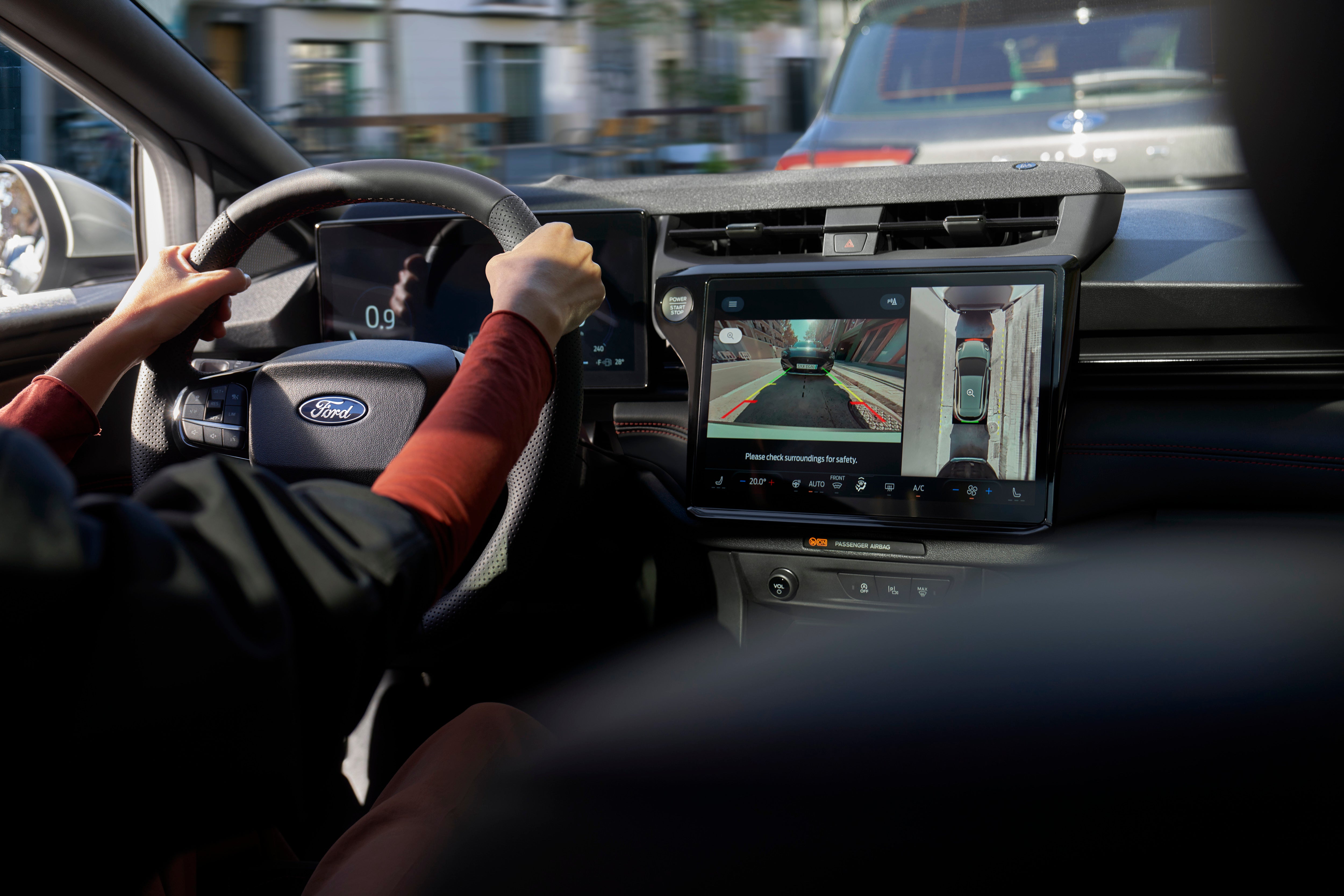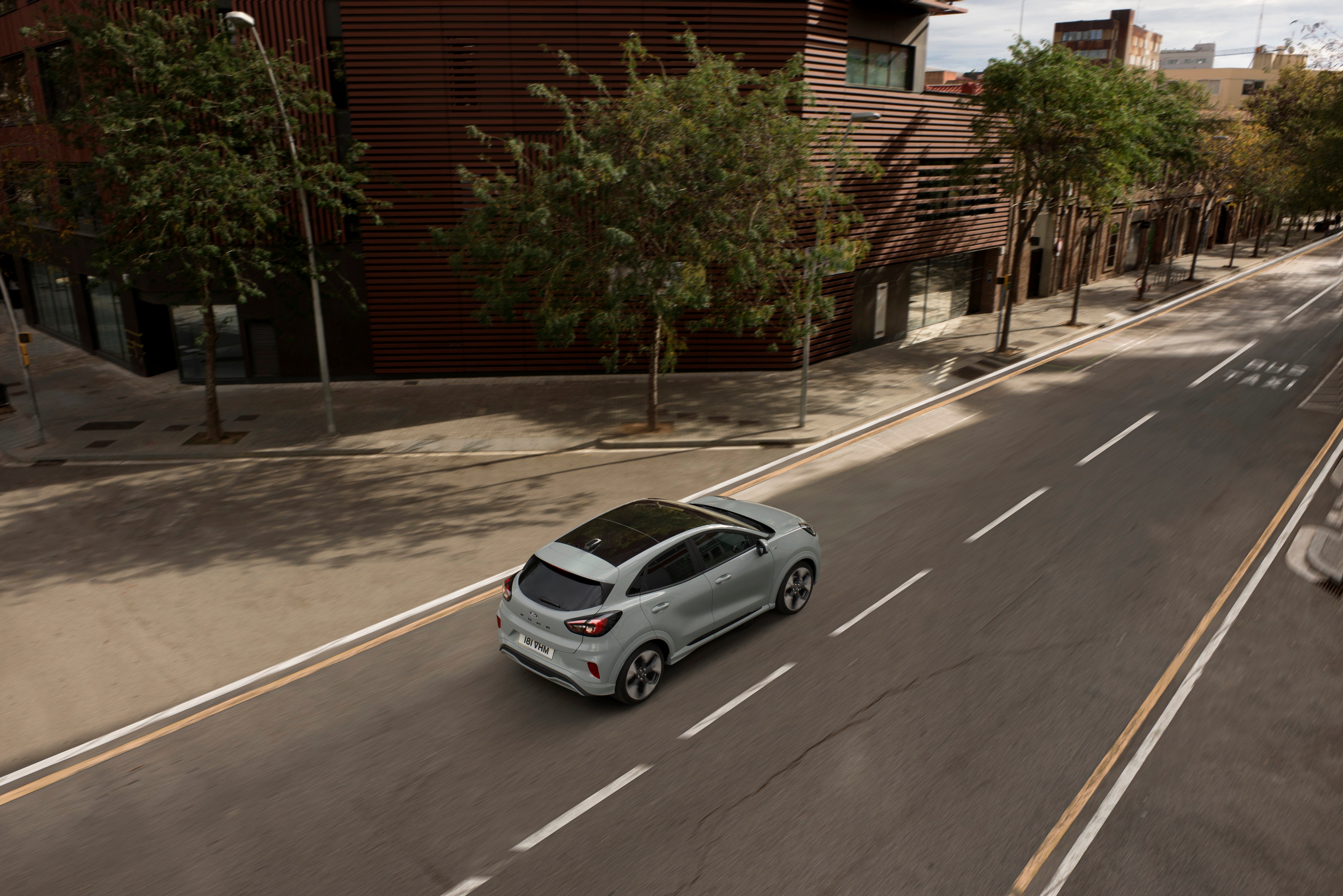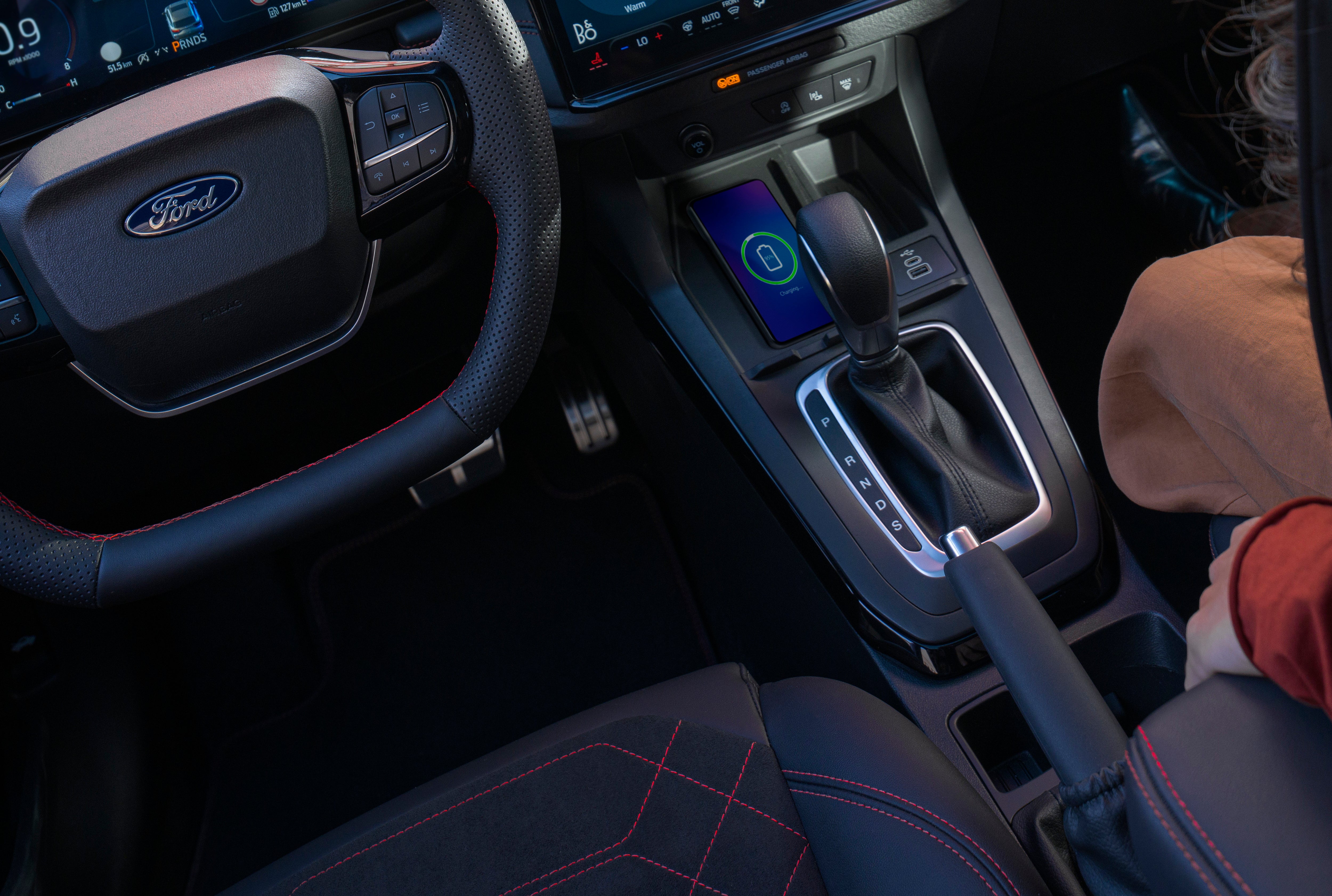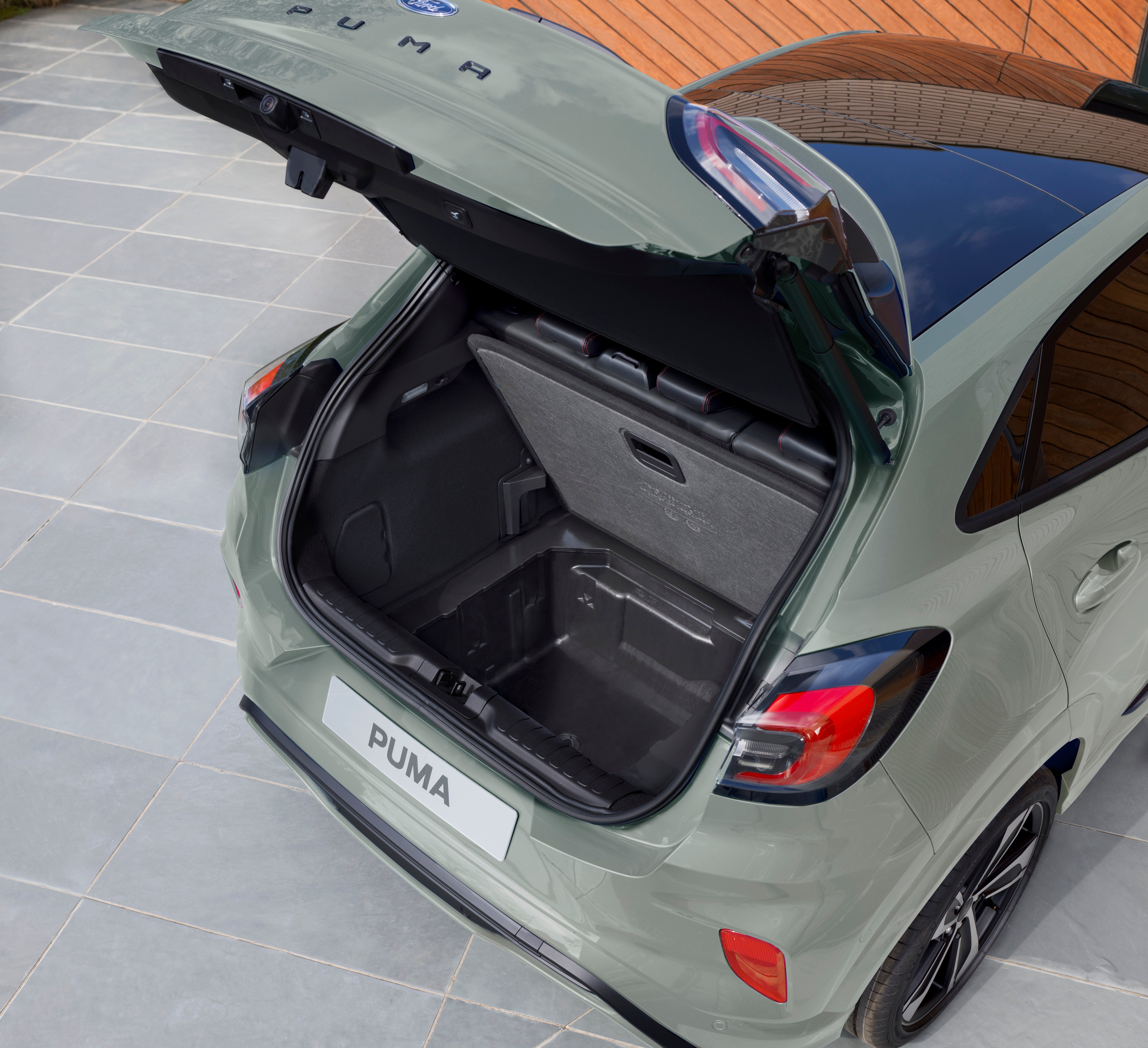
An all-electric MG sports car made in China; a Lamborghini Huracan with a roof rack; a gigantic pink Lotus SUV. Yes, in the pursuit of journalism and stuff that makes for good copy, I’ve enjoyed some esoteric machines in the past few weeks.
Now, though, it’s the ubiquitous Ford Puma, Britain’s best-selling model for a few years now and recently the subject of some exterior and interior revisions. Almost 50,000 new car buyers opted for this Fiesta-sized hatch/SUV “crossover”; have they made a mistake?

Not as such, no. There are very few things that I found actively unpleasant about the Puma, and only one that mattered much, and that’s what it was like to drive.
My example was equipped, like all Pumas, with a one litre, three cylinder mild-hybrid propulsion unit (153hp), with a seven-speed transmission, and, for me, it was not that happy a combination.
You get a choice of driving mode settings for the Puma, and these give the car very different characters. The “Eco” mode didn’t really play to the car’s strengths, because progress, brisk enough on paper, didn’t feel that urgent, and the thrummy engine felt a bit unrefined, if I’m honest.
The automatic gearbox was also occasionally hesitant and even a bit jerky when it had to “wake up” and get on with it, as if the Puma was in a grump.
THE SPEC
Ford Puma ST-Line X
Price: £35,750 (as tested; range from £26,350)
Engine capacity: 1.0l petrol, 3-cyl, 7sp auto
Power (PS): 155
Top speed (mph): 124
0-60 (seconds): 8.7
Fuel economy (mpg): 47.9
CO2 emissions (WLTP, g/km): 133
Push the button to “Sport” mode and the Puma behaved with much more alacrity, and it was much more fun to drive, though never exactly exhilarating. It’s not so very different to some of its principal rivals in that respect, but from what I remember of it, the Skoda Kamiq is a bit more entertaining as well as being roomier and, to my eye, smarter.
The Puma isn’t bad to drive, as I say, and it offers excellent fuel economy, but it’s behind at least one of its competitors so far as driver appeal is concerned.
I guess the six-speed manual might, paradoxically, be a smoother option. The 48-volt mild hybrid system helps a little with the economy – but it’s marginal compared with a “full” hybrid, Toyota Prius-style.

The other unexpected drawback was the 12-inch revised touchscreen, much bigger and set a little lower than its predecessor. On the plus side, it’s quite intuitive to use, reasonably responsive and bucks the trend for manufacturers to ditch the built-in satnav.
The air con controls were also fairly accessible via the screen, though of course you can’t beat a couple of easy-to-use dials. It just looked very grey and dull, and maybe a tiny bit too functional, especially in the context of the Ford’s sombre cabin trim. Again, nothing here you’d want to object to, but it lacks a certain amount of charm.
The smaller Peugeots do interiors better these days, while the Nissan Juke is the one for those who enjoy the avant garde; and the VW T-Roc and Seat Arona are also stylish alternatives. The Lexus LBX is the luxury choice in this segment – recommended if your budget can run to it.

Otherwise, there’s much to commend the Ford Puma. They’ve kept the “megabox” magic boot, a big sub-boot that lies under the rather shallow regular luggage space, and it’s generally very versatile – making up, a bit, for the deficit by comparison with the Kamiq. If you regularly have need to shift rubber plants around, the Puma has no peer.
I also appreciated the voice control system, one of the best I’ve found anywhere, and the seats are very comfortable indeed on a long journey. The styling is certainly distinctive and, with a minor “facelift” on the grille and headlights, looks reasonably contemporary, given it was launched in 2019 – pre-pandemic!
Personally, I find it a bit dumpy along the flanks, despite the swage lines, and the face is too “bug-eyed” to count as attractive, but the British public do seem to have learned to love it.
The alloy wheels, 18-inch in “absolute black and machined finish” on my example, lift the Puma in more ways than one – they look classy.

The light steering is also very welcome, and the ride and handling are more than acceptable – it’s that lack of engine refinement that lets it down a little.
For the sake of completeness, I should also add that it gets four out of five stars for safety in the standard NCAP test; but you do get a pretty good suite of “driver assist” safety features.
Soon, an even newer Puma will be with us, an all-electric battery powered Ford Puma Gen-E, and that should, because of the innate qualities of the new technology, be even quicker and much more refined than the old fossil fuel-powered stuff. As an added bonus, the powertrain will be made at the Halewood plant on Merseyside. That ought to be sufficient to make the Ford Puma Britain’s best seller again. Tough gig, though, keeping first place in the sales charts.







